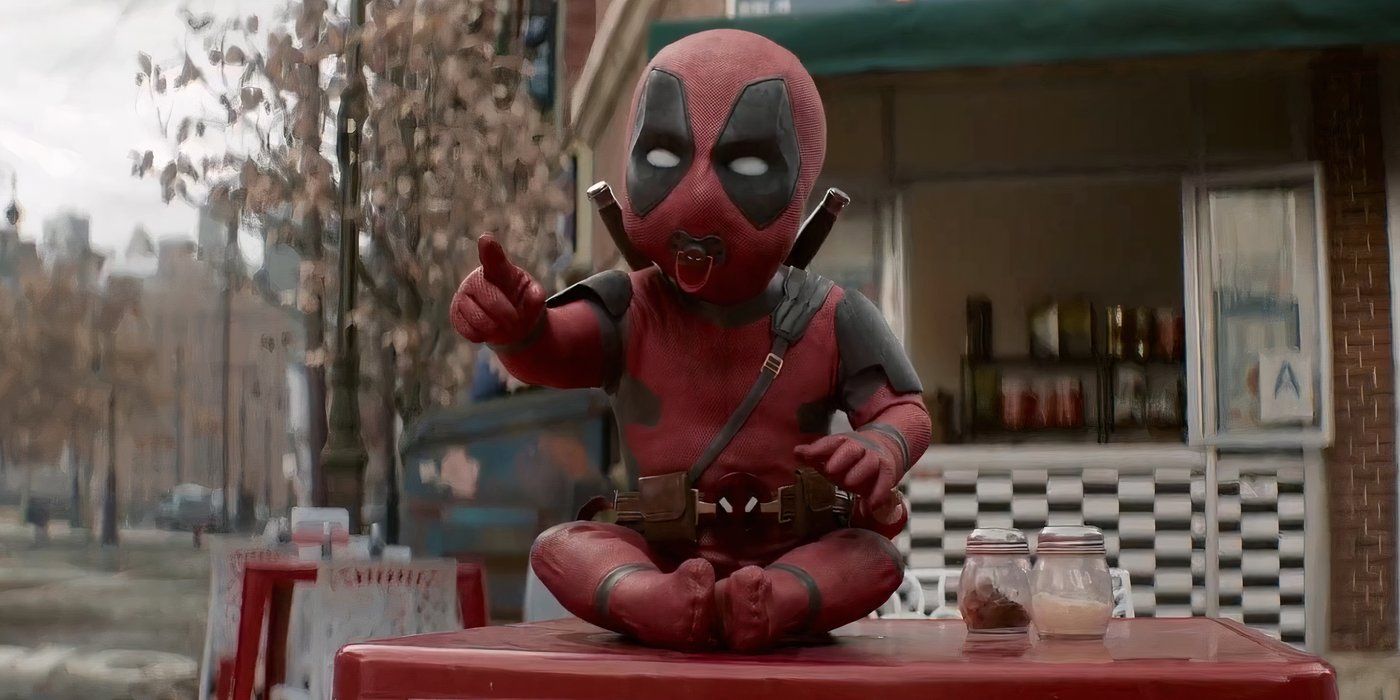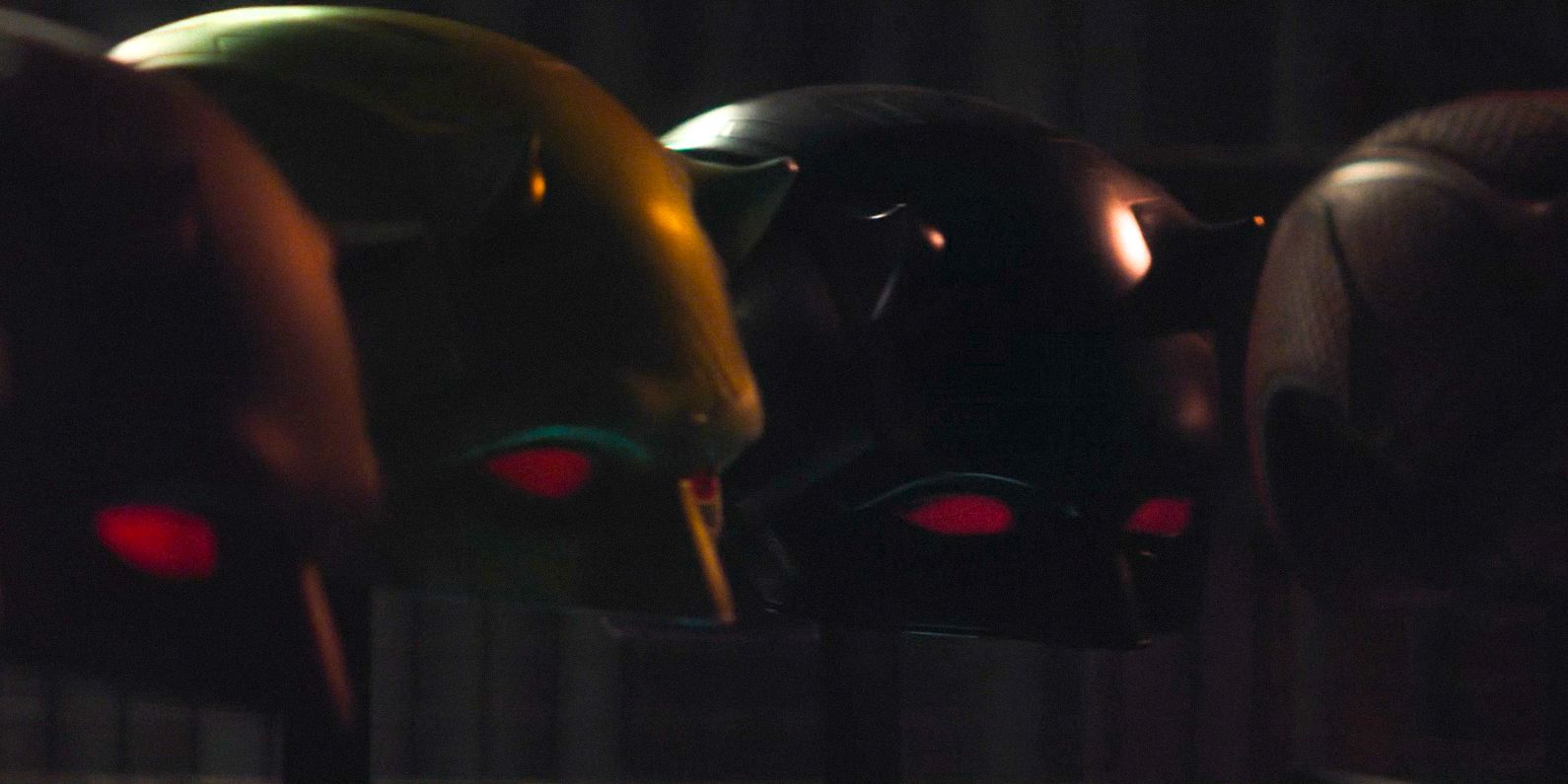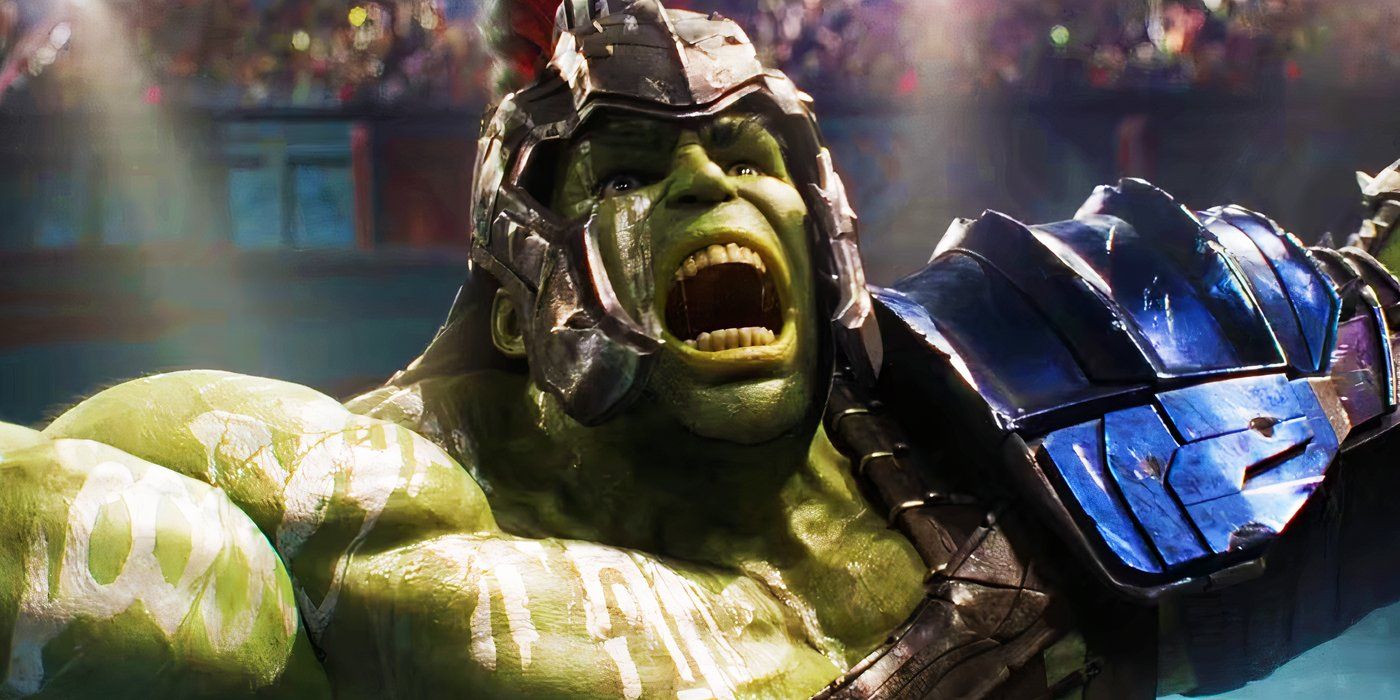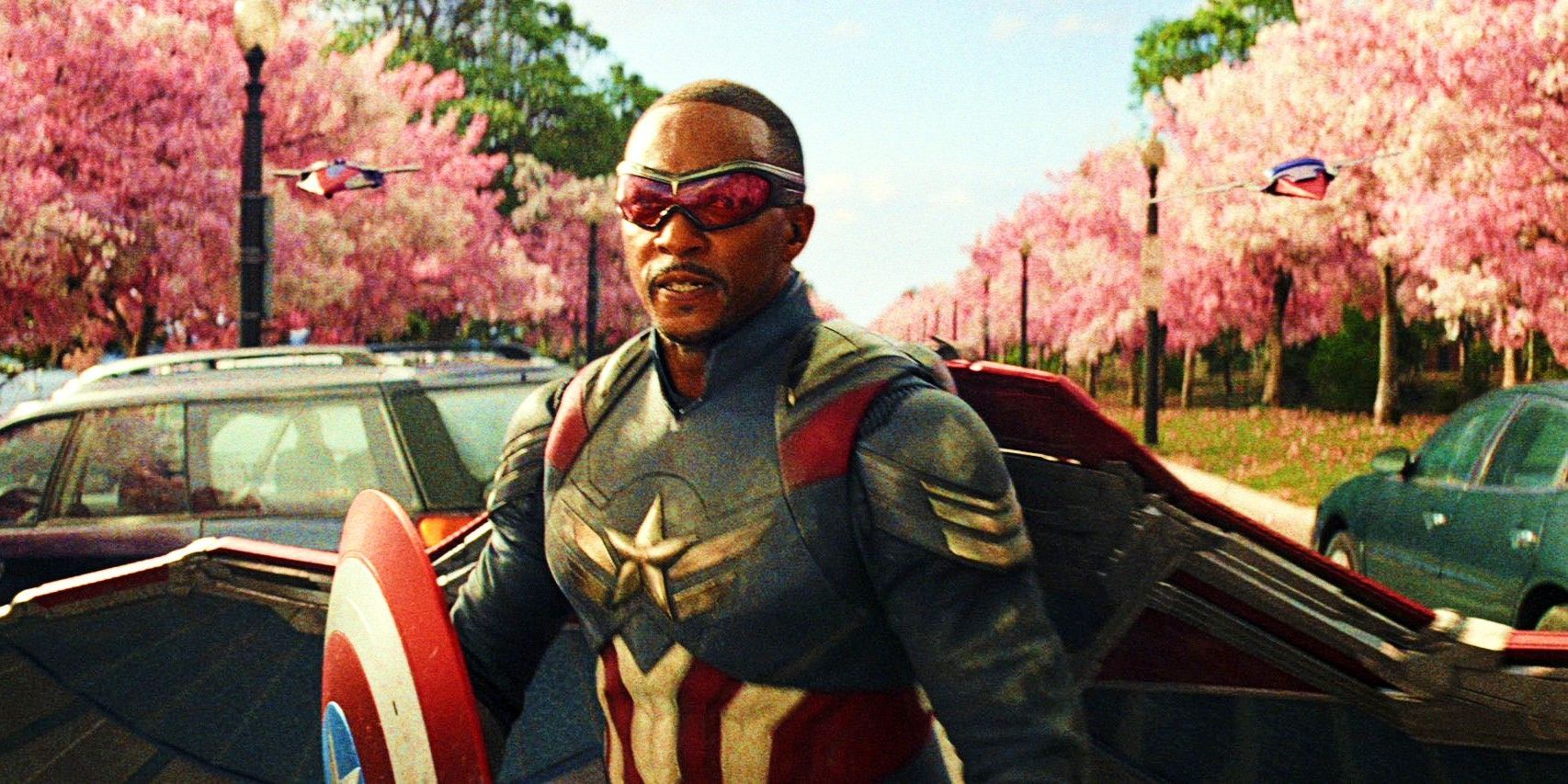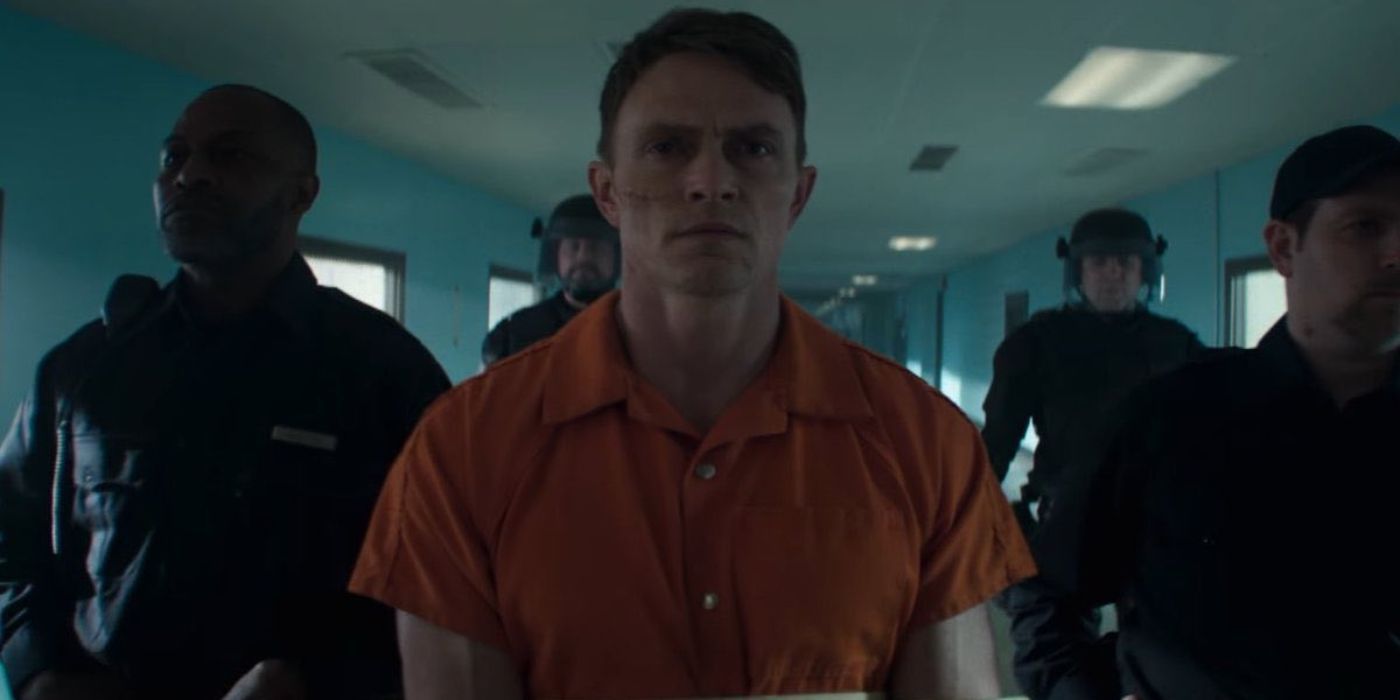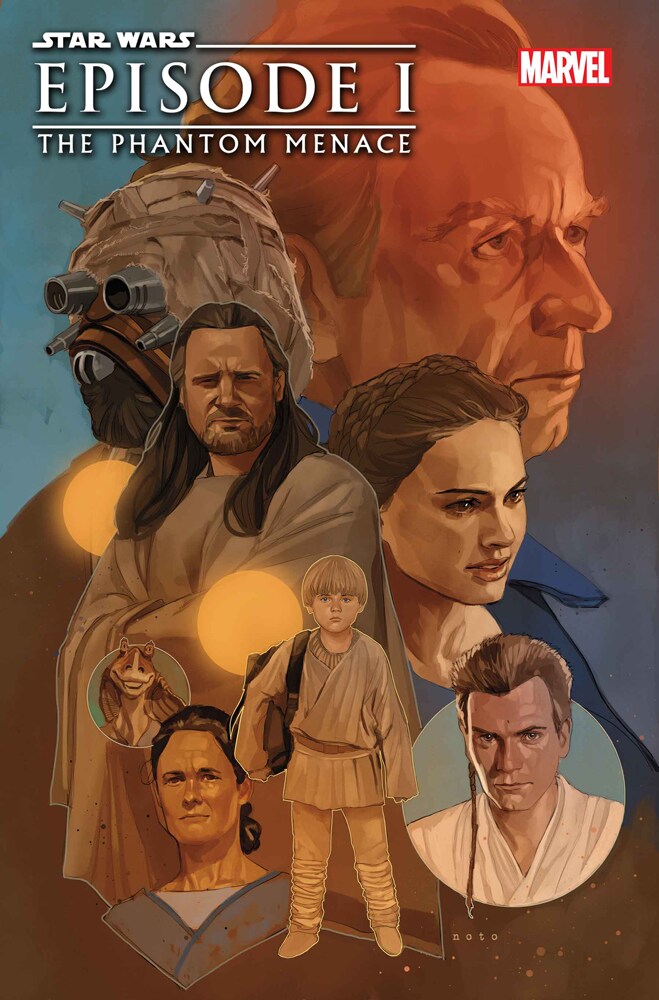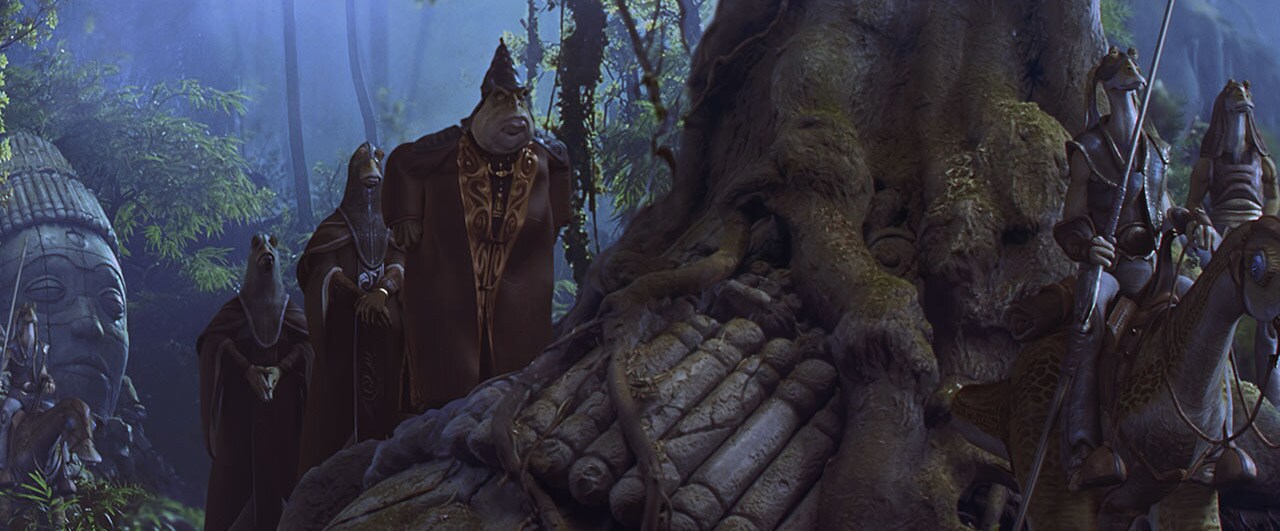Star Wars Outlaws: Creative Director Julian Gerighty Breaks Down the New Story Trailer
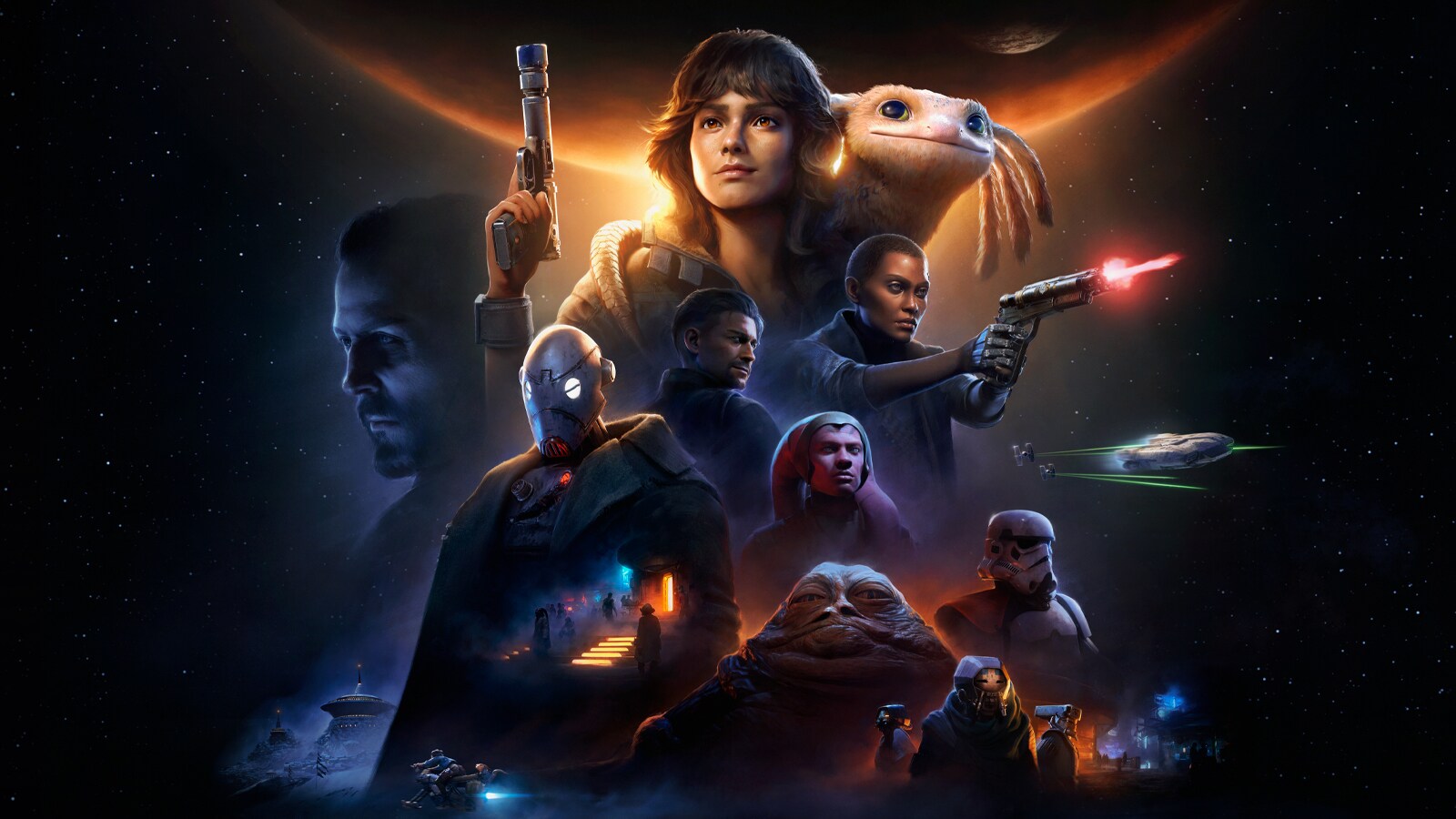
Adventure? Excitement? A Jedi craves not these things. But a scoundrel sure does.
Star Wars Outlaws, the highly anticipated open-world game coming August 30 for Xbox Series X|S, PlayStation 5, and PC, promises to let fans live their best scoundrel life as Kay Vess, an up-and-comer in the galaxy’s underworld. With the arrival of a new story trailer — featuring the reveal of major villains, potential allies, and more — hype for the first Star Wars game of its kind continues to build. To learn a bit more, StarWars.com had a virtual sitdown with creative director Julian Gerighty of Ubisoft's Massive Entertainment, discussing Star Wars Outlaws’ threatening new crime syndicate, the “dream opportunity” of creating a bounty hunter, and how anyone who’s ever “felt trapped” can identify with Kay.
StarWars.com: The new trailer starts off with a meeting among the crime syndicates led by Sliro. He and Zerek Besh were created for the game. What can you tell us about them, as well as creating a criminal organization for the Star Wars galaxy that can stand on its own?
Julian Gerighty: I think it's a wonderful observation because our job on Star Wars Outlaws was to really focus on the underworld of Star Wars. We worked with Lucasfilm Games on the Ashiga Clan, but we needed another criminal syndicate to make things really interesting between the dynamic — not only between the player, Kay, and the syndicates, but also the syndicates amongst themselves, too. And that's the meeting that you had a glimpse of during the trailer.
Sliro is really interesting because he's an extraordinarily wealthy person who's built a crime syndicate around him, and you can see that Zerek Besh are very different from any one of the other syndicates. So it’s something that, in terms of silhouette or behavior, is going to act extremely different for the player, too.
Zerek Besh is making waves and it's already taking its place amongst the most powerful crime syndicates in the galaxy. And where he crosses Kay's path is when a job goes wrong and Kay finds herself on the run from one of the largest bounties ever placed on anybody in the galaxy. And that's where we discover that dynamic there.
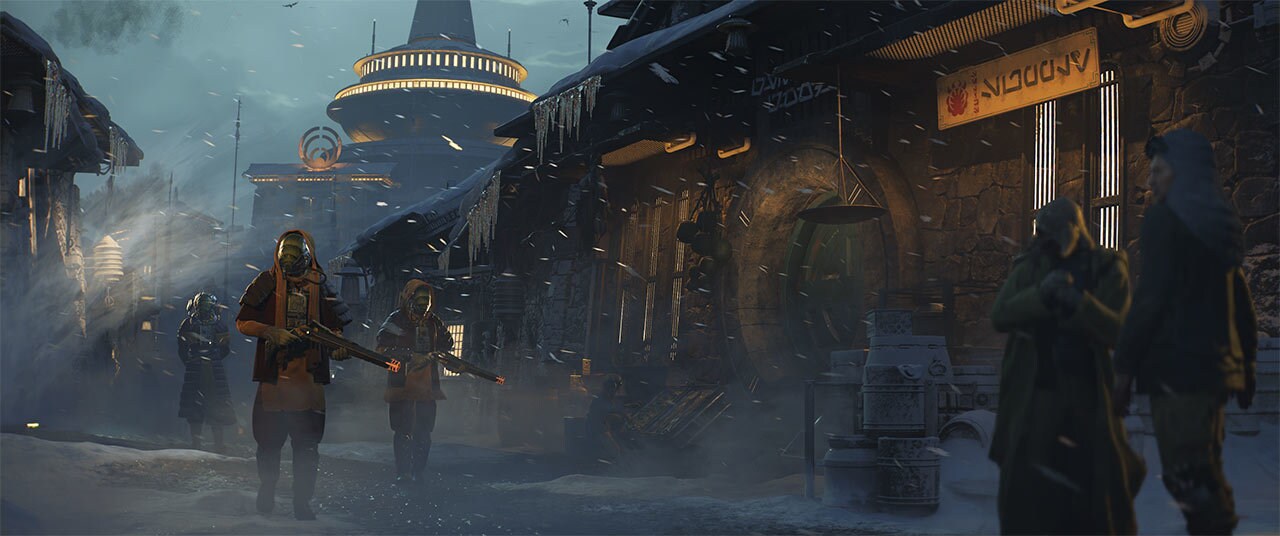
StarWars.com: I wanted to ask about the look of Zerek Besh, because their helmets seem to take inspiration from a welder's helmet, and they're armored up. They're more militaristic than some other syndicate goons we’ve seen. How did you come up with that design, and how might it connect to who they are?
Julian Gerighty: I think that's the thing. When you have something that is extraordinarily well funded, you can put a lot of time and effort and cost into creating an armor that is able to withstand a little bit more than just regular armor. That was the idea behind Sliro’s invention of this soldier for Zerek Besh.
Once we had that sort of militaristic behavior down on paper, [we moved onto] the iconography and the shape language — you know how important helmets are to Star Wars. We wanted to have something that was very distinctive by itself, as well. So that's really what we decided to lean into — a very militaristic profile, plus something that was very, very unique and stood out amongst all of those iconic, different helmets.
StarWars.com: Sliro and Zerek Besh are interesting names. Can you talk about where they came from?
Julian Gerighty: You know what, I wish I could. But my only request was that they don't sound terrestrial. I think these were coined by John Björling, who's an associate narrative director at Massive. He gave a lot of names, and there are some that nobody responded to, but these two are ones that we really, really thought lived within the underworld of Star Wars. That's what we were looking for there.
StarWars.com: We're also introduced to Jaylen, who recruits Kay for a job in stealing from Sliro.
Julian Gerighty: So Jaylen comes in a little bit later on and he sort of head hunts Kay. He sees something in her and he's almost like a mentor. He's trying to give her a context, a framework with which to put her talents to work. And you can see that Jaylen's seen better days. He's a little bit down on his luck, but he sees an opportunity not only to teach, but to profit from his relationship with Kay.
StarWars.com: Vail is a bounty hunter hired by Sliro to kill Kay. And I'm guessing that means that she's good at what she does, because he could probably afford anyone. Can you talk about developing Vail with Lucasfilm?
Julian Gerighty: It's one of those extraordinary opportunities, a childhood dream opportunity of saying, "Okay, what if we came up with a brand-new bounty hunter?" And we wanted somebody who of course had ambiguous morals, but was extremely self-sufficient, extremely professional, extremely single-minded in their approach, but had a little bit of a wider view of things, too. So there are questions that she's going to ask herself about the situation, of Sliro’s motivations, of all of those things that really bring the character a dimension that we don't usually see with the sort of normal bounty hunter character trope.
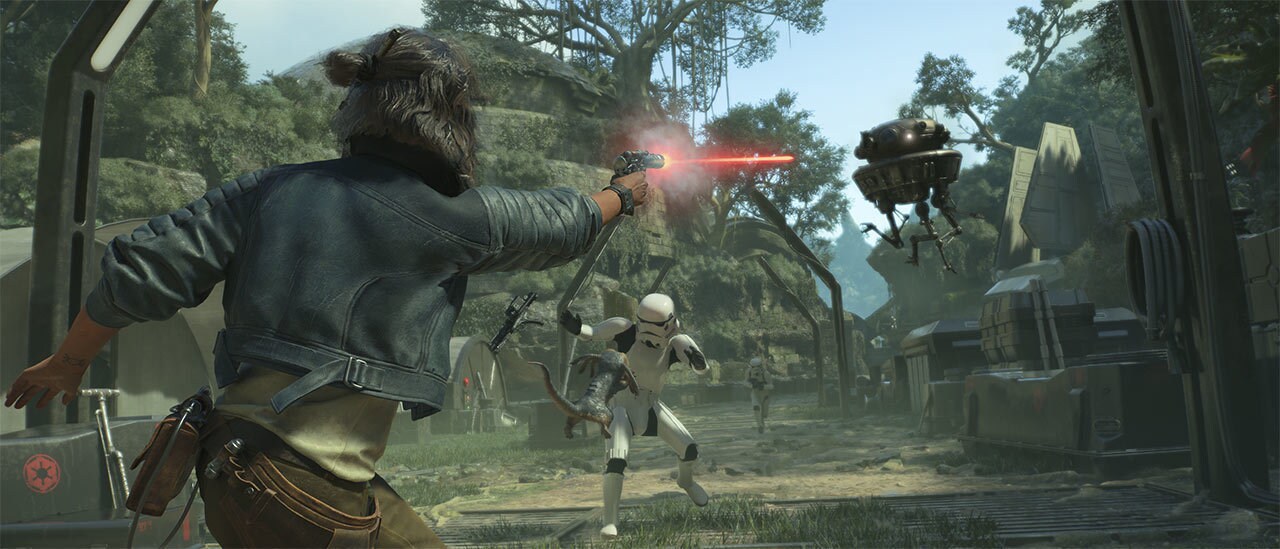
StarWars.com: When it comes to Vail's design, there's really none of the typical bounty hunter armor or gear. I thought that was an interesting choice, because it shows you that there's a human being there.
Julian Gerighty: It came through iteration and it came through what we wanted to tell with the character, as well. I can't go into too many details about it, but we did want the person behind the bounty hunter to be very much front and center, and we went through a lot of different iterations with more outlandish designs to the one that we finalized on. And I think you see this in the trailer, but she has some robotic elements. Her fingers are mechanical. There are things about her that are very elegant and very well integrated that still make her very much a human and a character to be discovered during the game.
StarWars.com: Another thing I picked up on is the game seems to be, at least partially, about learning the ropes in being a scoundrel. That was an element of Solo: A Star Wars Story that I loved. Was that film a touchpoint in developing Star Wars Outlaws?
Julian Gerighty: A hundred percent. I think all of the Star Wars movies, in particular the original trilogy and Solo and Rogue One, were the founding texts. But when we started working with Lucasfilm, we were always coming back to, "What is a scoundrel? What is this archetype within the Star Wars galaxy?" But even wider than that, there are many scoundrels that are super interesting to look at. Maybe it's Pirates of the Caribbean or Indiana Jones, but is there that one story that we could own about the coming of age of somebody who's basically a petty thief that grows up to be a real outlaw. So Solo is a great reference there.
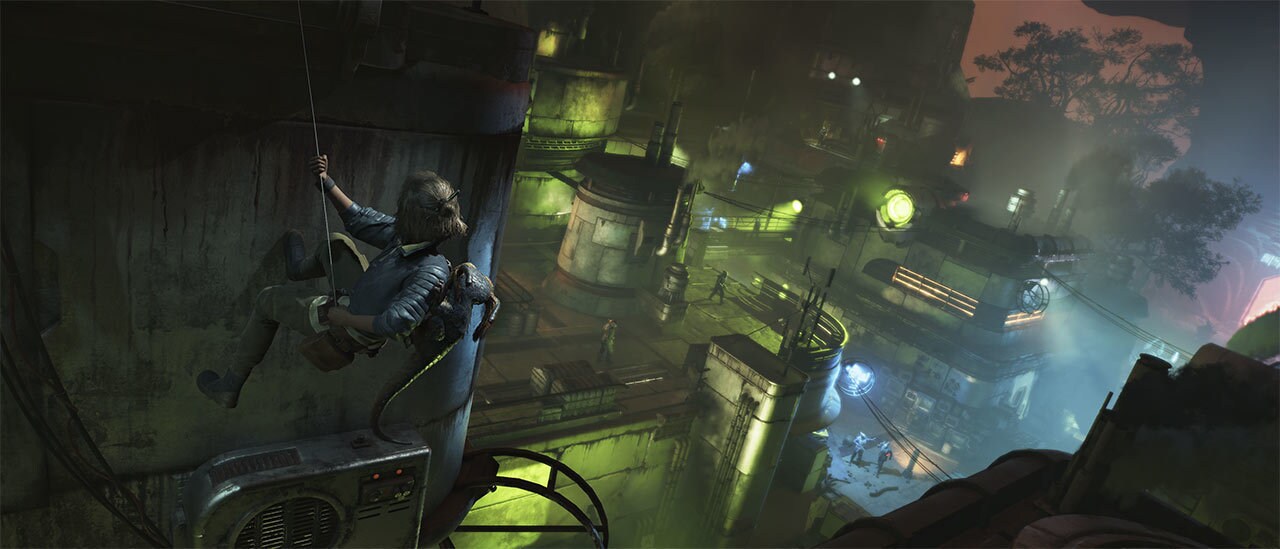
StarWars.com: Since scoundrels do things that can be on the wrong side of what's morally right, is that a hard balance to achieve? I don’t think you want to create a protagonist that’s going to make the player feel uneasy about their actions.
Julian Gerighty: Well, we always went into it with the sort of creative framework of, this has to be matinee action. So it wasn't a gritty tone, it wasn't that sort of fantasy. It was fun, lighthearted, where we wanted the player to have dilemmas, but it was never a punching down. It was always punching up. And with that creative framework, you have something where the player’s always going to feel good about playing one syndicate to go and work with another, or backstabbing both to keep the profits from themselves. There is a joy in that scoundrel roleplaying nature of the experience.
StarWars.com: So on that note, the underworld has been such a big part of Star Wars since A New Hope. But in gaming it's really been kind of underserved. What has been the most rewarding aspect of getting to define that experience?
Julian Gerighty: For me, it's getting to know the syndicates a bit better, getting to know Star Wars through the lens of criminal syndicates and the possibilities that that opens up for the archetype — the player fantasy archetype that we settled upon, which is the scoundrel, the outlaw. It is the perfect setup for that sort of player experience. So it's all of the reputation choices that you are going to be making to balance your reputation between the different syndicates. That, for me, is the possibility space, which is the most exciting.
StarWars.com: And what has been most challenging?
Julian Gerighty: Exactly the same thing. [Laughs.] I think it's two sides of the same coin. It's making sure that those reputation decisions that we're asking you [to make] have an impact, are fun to make, leave the player with a personally very different story from everybody else's through the lens of their decisions in the different situations that we're putting forward to them.
StarWars.com: Now, as a creator of Star Wars, what have you learned or come to appreciate about it?
Julian Gerighty: That's a great question. The thing that I've learned the most is that it's much, much deeper and a much more refined world in terms of story and visual design than I ever thought. Before I started working on Star Wars, I appreciated it greatly. And just looking at the artistry that goes into every single frame and the design of every single object, droid, dish, cantina band, cocktail, blows my mind. Being able to participate in that with Kay, Nix, the Trailblazer, the speeder, the blaster that Kay wields, is just a dream come true.

StarWars.com: The trailer shows a lot of different planets. Do you have a favorite location in the game that, hopefully, you can talk about?
Julian Gerighty: I'm doing a lot of play testing at the moment, so a few come to mind. But I think my favorite is Toshara, that we showed in the gameplay walkthrough at Ubisoft Forward. It's such a combination of a huge city, Mirogana, which is teeming with different, unsavory characters, but also an Empire presence. It's very dense and very full of different stories. The outskirts of the city, the wildlands with amberine outcrops that are very beautiful, the windswept nature, the settlements that we've created there — I’m incredibly proud of its creation and the collaboration that we had with Lucasfilm Games on its genesis. Bringing that to Star Wars, I think, is fantastic. And if you ask me for a second location, I've just been playing in Akiva, which was only in the Aftermath set of books before. The atmosphere in the cantina that we have there, called the Alkazar, is phenomenal. It has a huge tree in the middle of the cantina. It's beautiful. There are patrons there that you will get to know and get to know well. It's a really special place.
StarWars.com: When you're developing these locations, and something like the cantina within them, how do you reach the point where you feel like, "Okay, this feels like Star Wars?"
Julian Gerighty: Yeah, I think it always starts with intention. And again, I can't overstate how much the collaboration with Lucasfilm Games is important in this.
It starts with an intention and this idea that every cantina needs to have an identity. If we are just creating a bar, it's not that interesting, but maybe an initial inspiration of a Film Noir jazz bar within a space station is going to take on a life of its own. A Korean barbecue joint on Kijimi, using thermal vents to heat up the grills, that becomes really interesting. Working with different things that make it incredibly well integrated within the world with a very different identity from anything that you've seen in Star Wars before, but through the lens of something that feels familiar and yet strange. So we are really leaning into what space sci-fi and Star Wars allows us to do. Having a huge tree in the middle of this bar in Akiva, that feels really different and it feels very Star Wars at the same time.

StarWars.com: Ship design is so important in Star Wars, and they often become like homes for these characters. I'm wondering if that's the case for Kay and her ship, the Trailblazer.
Julian Gerighty: It really is a character by itself. It is. Kay permanently "borrows" it and it becomes her home away from home. And of course you can upgrade it, you can customize it visually, and it has this feeling of, "This is where she belongs." She doesn't really have a home in the game apart from the Trailblazer. So it's an extremely important part of the experience.
StarWars.com: Do you know how many design iterations it went through?
Julian Gerighty: I think we came to the overall shape and the overall spirit of what it was, which believe it or not, was a cross between a turtle and a pickup truck. And you take those elements, you fuse them together with, what does it mean? It can carry a lot. It's tough, it's rugged, it's a solid piece of machinery. So that first iteration really came quite fast in my memory, but it's the refinement of it that took a long, long time. It's the placement of the engines, it's how they open up when the ship accelerates. It's what sort of cans or jets turn on when the ship lands, how the landing pad spreads outwards when it touches down, how they fold back in. All of those little things took a huge amount of iterations and I would say hundreds is absolutely what we ended up with.
StarWars.com: What I really like about the Trailblazer is just how simple a shape it is. It doesn't look like the Millennium Falcon, it doesn't look like the Ghost. It stands unique as Kay's ship, and I think that that's why it's successful.
Julian Gerighty: Again, if there's one thing that this project has taught me on Star Wars is the strength and the power of very simple shapes. X-wing, A-wing, AT-ST — all of these are incredibly memorable, and if you just draw a silhouette, you're going to be able to tell what that is. That's what you are aiming for, and it's extremely difficult to get to that, plus the refinement of how it behaves and how it's portrayed in an animated sequence, if you will. The complexity of gameplay comes afterwards.
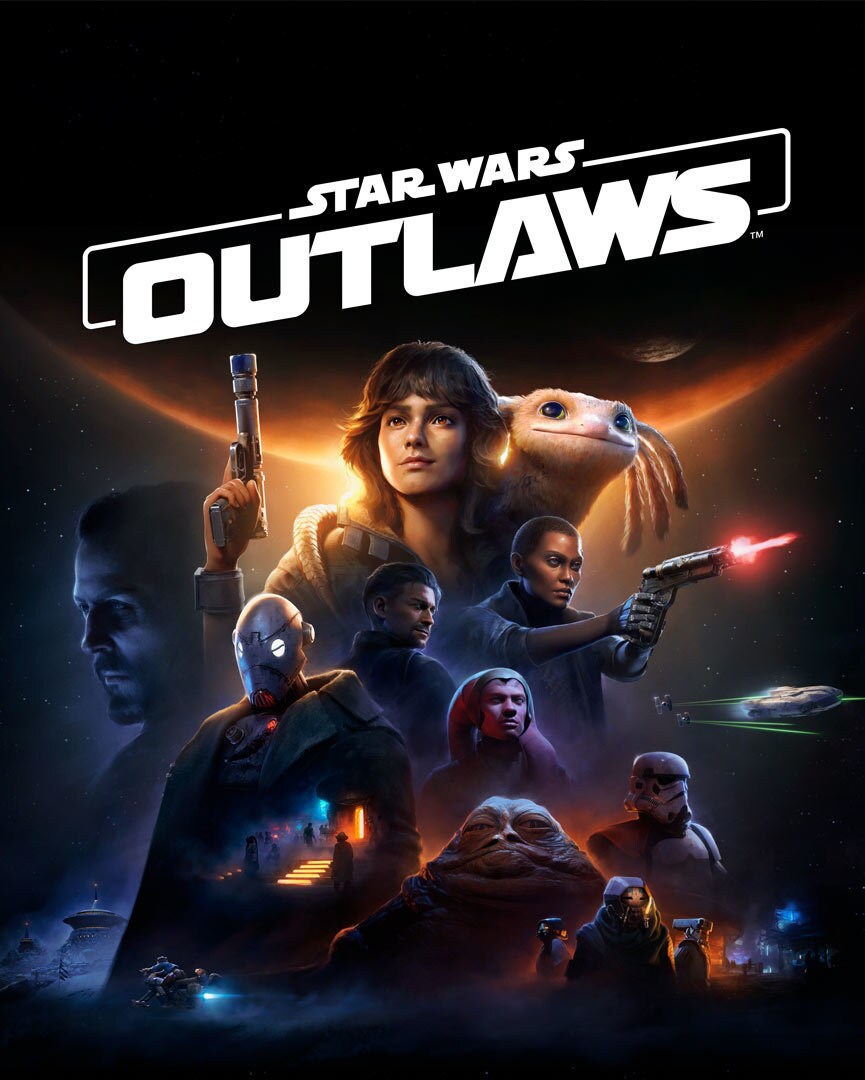
StarWars.com: The trailer hints at a larger mission for Kay. She says, "I want to live free." By the end of the game, what do you hope fans take away from her journey?
Julian Gerighty: It's another great question. I think we've all felt trapped at one time or another, and this is the spirit of being able to completely open up and have the world or the galaxy as your oyster. Completely free. Free to decide what to do, where to do it, and who to do it with. That's the starting point, is that desire. And the end point is that opening up and the possibilities that brings. That was always the real thread and the theme that we were looking for. Apart from that, it's the rollercoaster ride that you've just lived throughout the different locations that we've taken you through.
StarWars.com: One more question, and this is just something I've been thinking about lately. I have a 9-year-old son and I have a nephew who's 15. Video games have been one of the main things that have turned them into Star Wars fans. I think the importance of games to culture is at the highest it's ever been. And I'm wondering if you think about that as you're working on Star Wars Outlaws, and the impact that it potentially could have in bringing in new fans and introducing them to Star Wars.
Julian Gerighty: It's super interesting. I hope it's the case. I think that the one thing that video games allows compared to other media is agency, is decision making, is the freedom of decision and really, truly being entertained while making those decisions. And that's why we wanted to create that open-world experience as well, which is what we talked about last time. The thematics are very much linked to the player fantasy, being an outlaw, but also the potential of video games as a medium.
This conversation has been edited and condensed for clarity.
[圖擷取自網路,如有疑問請私訊]
|
本篇 |
不想錯過? 請追蹤FB專頁! |
| 喜歡這篇嗎?快分享吧! |
相關文章
tag_starwar








